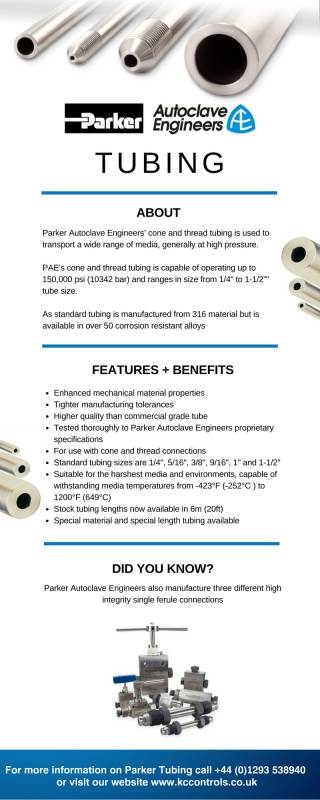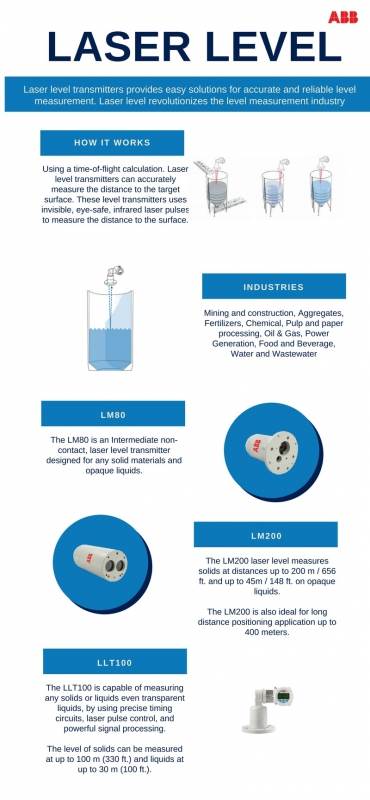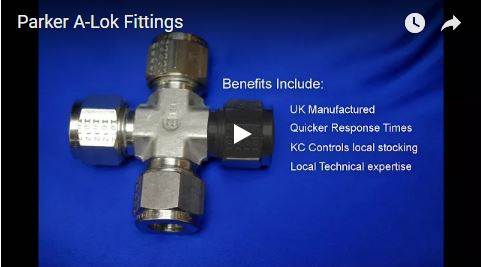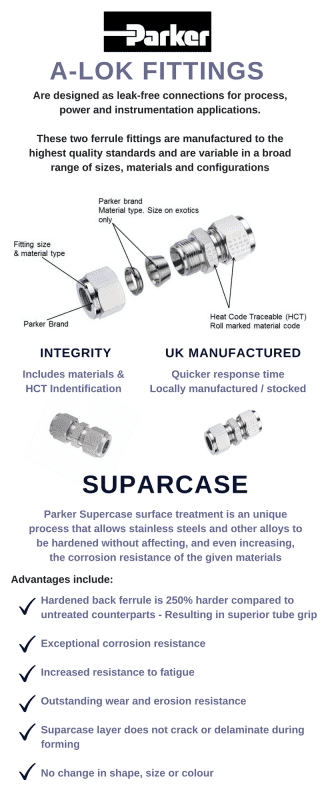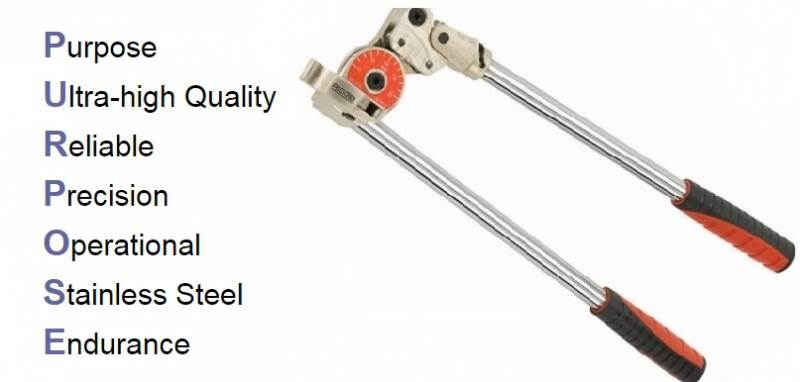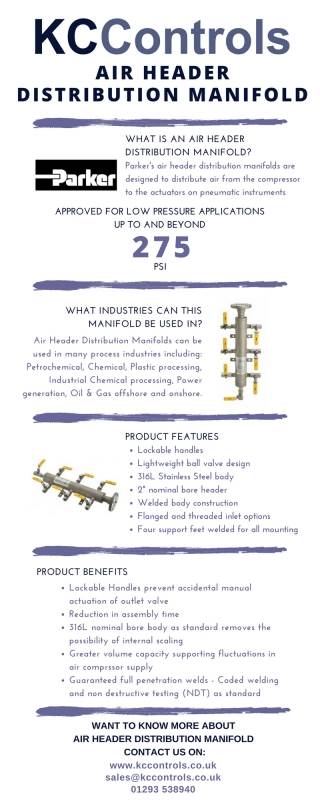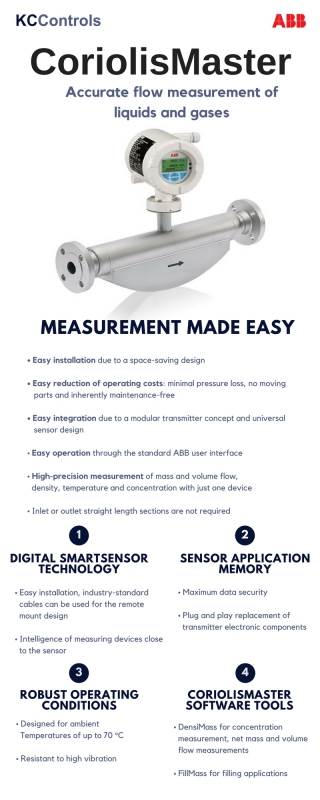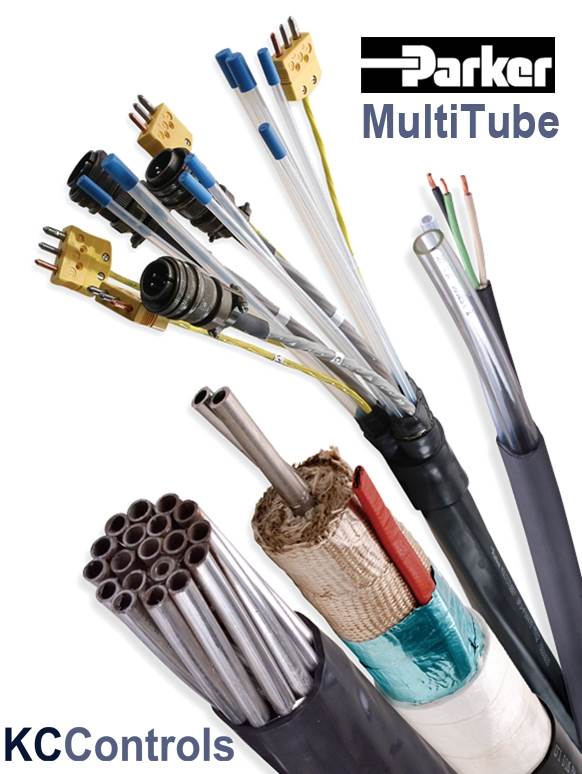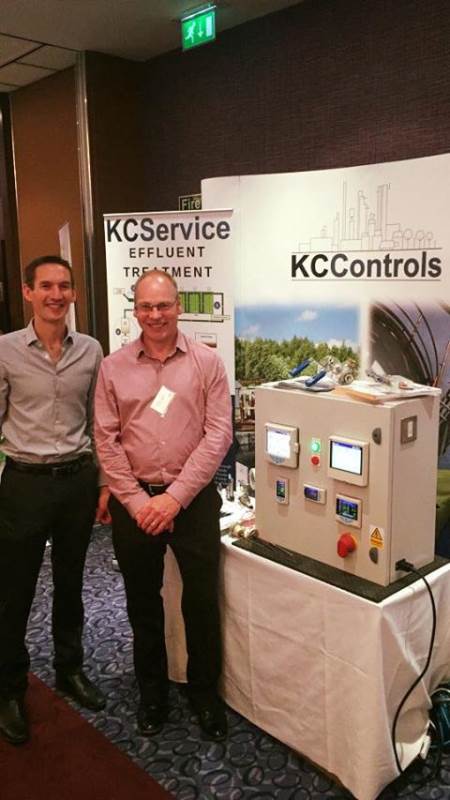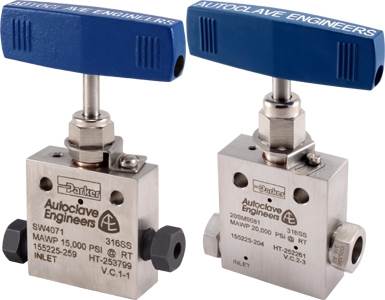- Contact 0870 350 7767
- |
- Advertise
Manifold Connector Technology – Why Settle for Second-best?
 News and PR from KC Controls (UK) LLP - Published 05 July 2017
Securing leak-free connection of impulse lines to manifolds for applications that use differential pressure flowmeters is a subject that has taxed instrumentation engineers for more than a century
News and PR from KC Controls (UK) LLP - Published 05 July 2017
Securing leak-free connection of impulse lines to manifolds for applications that use differential pressure flowmeters is a subject that has taxed instrumentation engineers for more than a centuryWhatÂ’s wrong with taper threads?
Unlike compression type tube fittings with one or more ferrules, taper thread fittings rely on the threads themselves to provide the seal. During make-up, progressively larger diameter threads on the fitting are compressed into progressively small diameter threads on the manifold, until eventually there is no clearance left between the crests and roots of the threads and they effectively form a metal-to-metal seal. NPT taper thread fittings are popular because they are relatively inexpensive, but they also have distinct disadvantages. The fittings cannot easily be installed with a specific torque, which makes it all too easy to crack or distort the female part by applying too much torque, or to apply too little, resulting in potential leak paths due to incorrect thread cling. There is also always some thread clearance due to manufacturing tolerances, which means that if the fitting is not tightened to the point where thread deformation creates a metal-to-metal seal, there is a spiral leak path. Furthermore, the upper and lower machining limits of NPT taper threads mean that there might only be two turns of thread engagement in an assembled connection; the most reliable means of preventing this is to use, if possible, a matched pair of male and female parts produced by the same manufacturer.
Taper thread can suffer from limited thread engagement
Another major disadvantage of NPT fittings is that their radial orientation cannot easily be adjusted without compromising connection integrity. Most installers of NPT fittings elect to use some form of thread sealant to help prevent leaks. This usually comprises a fluid carrier which transfers a filler compound into the threads and then cures. Unfortunately, not all sealants act as lubricants and they are also very easy to misapply. Too much sealant can cause system contamination, which can result in unseated valves or blocked lines, while too little can allow the threads to gall (cold weld) during installation, requiring replacement of
Other announcements from KC Controls (UK) LLP
-
How can Autoclave Tubing benefit you?
Parker Autoclave Engineers’ cone and thread tubing is used to transport a wide range of media, generally at high pressure.
16 Jan 2018
-
The Solution for Level Measurement
Want to know the Solution for Level Measurement industry?
09 Jan 2018
-
Christmas and New Years opening times at KC
We will be shutting down for the Christmas period from 2pm on the 22nd of December and will be back to business on Tuesday the 2nd of January 2018.
12 Dec 2017
-
Video: Parker's A-Lok Fittings
Video: Parker's A-Lok Fittings are designed as leak-free connections for process, power and instrumentation applications.
28 Nov 2017
-
Go Wireless with ABB
Ever wondered how ABB's Wireless Transmitters can help benefit you and your company? Let us explain how.
08 Nov 2017
-
Fit to Forget - Why should you be using Parker A-Lok Fittings?
Parker A-Lok fittings are designed as leak-free connections for process, power and instrumentation applications.
16 Oct 2017
-
Heavy Metal Tube Benders
Ultra-High quality bending performance for stainless steel and other hard tubing such as steel and titanium.
27 Sep 2017
-
What is an Air Header Distribution Manifold?
Parker's air header distribution manifolds are designed to distribute air from the compressor to the actuators on pneumatic instruments.
18 Sep 2017
-
-
We are going to SPE Offshore Europe 2017
From 5th September – 6th September, Jon Bradbury of KC Controls will be at the SPE Offshore Europe 2017 in Aberdeen.
04 Sep 2017
-
Understanding Swirl
ABB’s SwirlMaster enables the reliable measurement of liquids, gases and steam in units of volume, mass and energy.
23 Aug 2017
-
-
ABB visits KC
This week, KC Controls had the pleasure of ABB visiting our head office to discuss their new range of products.
21 Jul 2017
-
Manor Royal – Meet the Neighbour
KC Controls experienced ‘Manor Royal’s – Meet your Neighbour’ yesterday. It was an excellent opportunity to show what we can do, and see what other Manor Royal companies had to offer.
17 May 2017
-
KC Controls visit ABB at ICL
Last week KC Controls were invited to Imperial College London for ABB’s – Measurement & Analytics IAP Training & Experience Day. The day saw us and other companies explore about ABB & give us a cleare
10 May 2017
-
KC Controls awarded with the EMEA award.
KC Controls are now proud owners of the EMEA award for being the first distributor to sell a THM Analyser in Europe.
13 Apr 2017
-
Is it time to upgrade your needle valves?
Parker Autoclave Engineers valves are complemented by a complete line of fittings, tubing, check valves and line filters.
16 Mar 2017
-
Parker Autoclave Customer story
Since 1945 Parker Autoclave Engineers has designed and built premium quality valves, fittings and tubing that are capable of withstanding pressures of up to 150,000 psi.
11 Jul 2016




